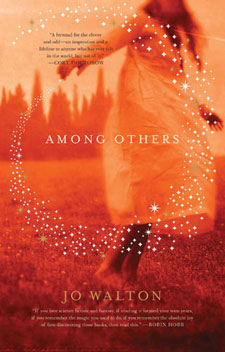A Beautiful Trilogy – Uglies Film Announced
 Scott Westerfeld has posted on his blog a press release announcing upcoming film adaptations of his popular Uglies trilogy, set in a post-apocalyptic future where everyone, at age 16, is made “pretty” through an intense surgical procedure. When everyone is Pretty, the idea is, everyone is equal and happy, so there’s no reason for discord.
Scott Westerfeld has posted on his blog a press release announcing upcoming film adaptations of his popular Uglies trilogy, set in a post-apocalyptic future where everyone, at age 16, is made “pretty” through an intense surgical procedure. When everyone is Pretty, the idea is, everyone is equal and happy, so there’s no reason for discord.
Why the Books Rock
Uglies is a powerful book which features some of the best of science fiction. It has action, but also deep thematic elements. It has social context, without being preachy. It has deeply realized characters and very human conflicts between them. It is a rich world that grows more complex with each book.
And, of course, being a modern young adult series, it also features a love triangle. (A couple of them, actually.)
The story of the first book, Uglies, starts with the main character, Tally Youngblood, who is nearing 16 (and her surgery) with anxious anticipation. One great thing about this book is Tally, because she’s not your typical hero. She’s fairly selfish and certainly short-sighted. It often doesn’t occur to her, especially in the first book, that she should take into account much beyond her own immediate wants and desires … which makes her a perfect teenage protagonist.
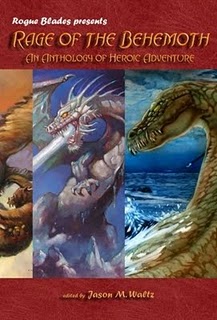
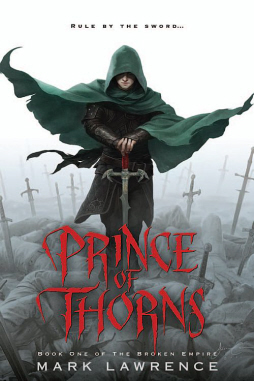
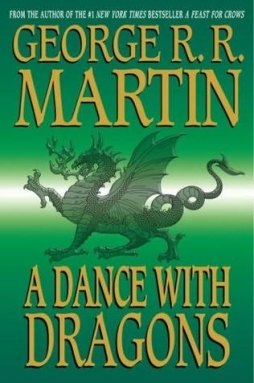 I recently
I recently 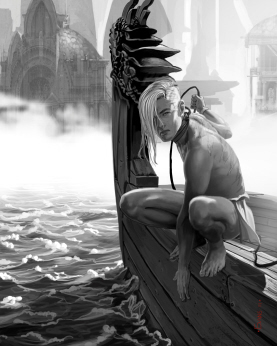
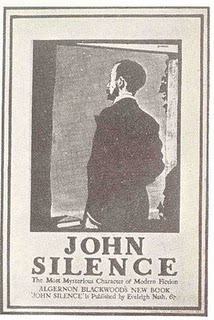
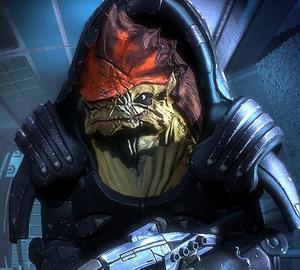
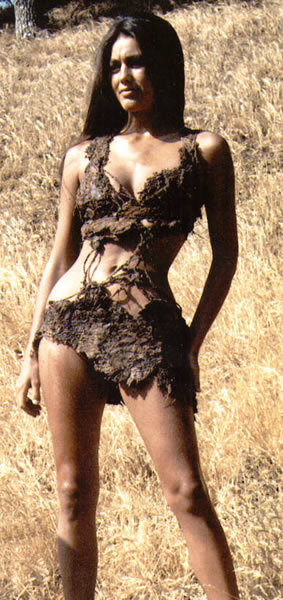
 Author Dave Gross is perhaps best known for his Forgotten Realms novels such as Black Wolf and Lord of Stormweather. He has also worked as an editor of several gaming publications, including the one-and-only Dragon Magazine, and has most recently become one of the core authors for Paizo’s new
Author Dave Gross is perhaps best known for his Forgotten Realms novels such as Black Wolf and Lord of Stormweather. He has also worked as an editor of several gaming publications, including the one-and-only Dragon Magazine, and has most recently become one of the core authors for Paizo’s new 